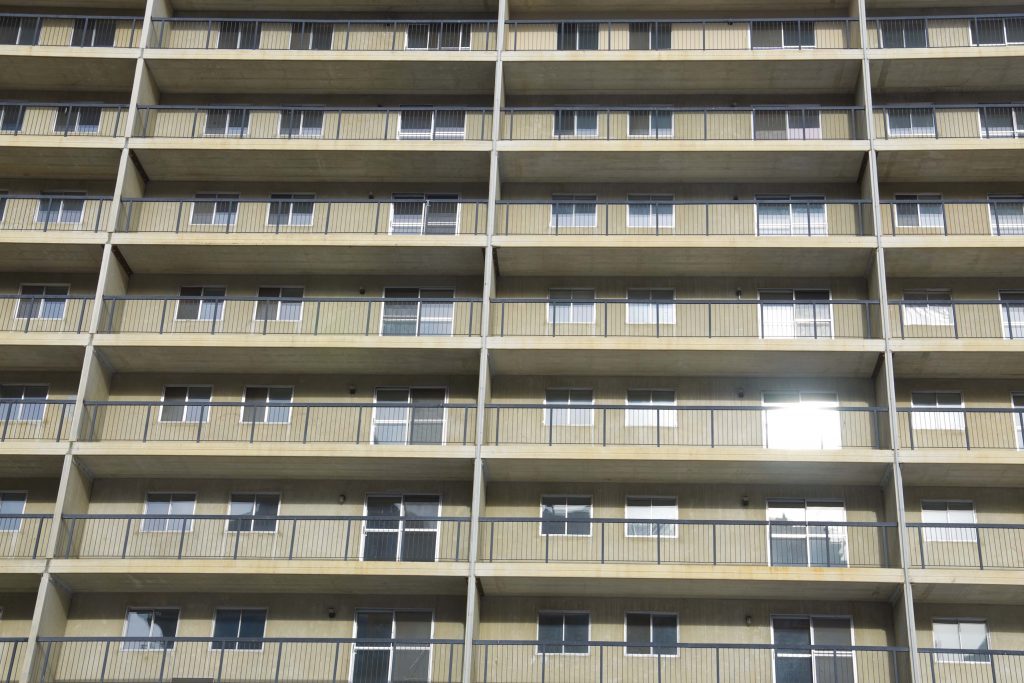
By Doug Smith
The Manitoba Department of Families recently released action plan, entitled Shared Priorities, Sustainable Progress, is short on detail and long on buzzwords. For example, in the plan’s seven-paragraph introductory letter, provincial cabinet minister Heather Stefanson uses the word ‘transform,’ or its derivatives (‘transformative’ or ‘transforming’) a total of five times. The word crops up 17 more times in the ten-page action plan. When services aren’t busy being ‘transformed’ they are to be ‘modernized’ and ‘streamlined.’
This language is straight out of the 76-page Fiscal Performance Review that the consulting firm KPMG prepared for the government on social housing in 2017. That report spoke of ‘transformation’ 49 times, along with a sprinkling of ‘transforms’ and ‘transformatives,’ all topped off with five ‘transformationals.’ KPMG rather proudly announced that it had “identified Social Housing as a medium-term transformational opportunity to help contain core government costs and bend the cost curve.”
Anyone who is living in a “medium-term transformational opportunity” should be very, very nervous. Because the report’s medium-term recommendations are much clearer than the government’s action plan. KPMG recommends increasing the percent of rent that low-income families have to pay and reducing the number of families that are eligible for social housing and the rent assist program. This isn’t lowering the cost curve; it is lowering the boom on low-income Manitobans.
A visit to the government’s Rental Program Eligibility and Program Income Limits web page provides a glimpse of this transformation in action. Each year the government adjusts the upper income limits for qualification for its social and affordable rental housing programs. This is done to reflect the fact that, due to inflation, even the incomes of low-income earners rise slightly each year. This year the government is still using the rates that came into effect in on January 1, 2019. This decision to delay the indexing of the income limits effectively reduces the number of people who qualify for housing support.
Similarly, the government has frozen the rents that can be charged under the Affordable Housing Rental program. This may sound beneficial to low-income tenants, but it sticks it to the non-profit community-based organizations that provide most of the housing under the Affordable Housing Rental Program. Freezing the rent limits will inevitably oblige these organizations to cut services or reduce savings for longterm maintenance. Freezing the rent limits does, however, help the government lower its “cost curve”, since, if rents were allowed to rise to match costs, the government would have to pay more to support the rent-supplement residents of these buildings.
When asked about these freezes the government has explained it is “reviewing the methodology for determining the Income eligibility criteria and rents.” Government officials stated that new rates could be posted the second quarter of the year. But there was nothing to stop the government from increasing the rates at the beginning of 2020 on the basis of the old formula and adjusting them once the review of the rate setting process methodology is completed.
The only transformation on offer is the resurrection of an idea that should have been long dead and buried: the stigmatizing of the residents of low-income housing. In the early years of the twentieth century establishment figures blamed “the foreign element” who were “willing to live like swine” for the cramped and unhealth conditions that existed in many central urban areas. As late as 1979 the real estate industry was calling for an end to public housing because “people are poor because they have either little ability or have not worked hard enough.” Still it is amazing to see Stefanson write in her introduction to her department’s action plan that the government is now going to offer low-income families “a hand up, not a hand out.” In this worldview, the residents of public housing are scroungers, living off of government handouts and lacking the incentives to improve their lives. The focus of government policy will be to somehow ‘fix’ them and help them move to, in the words of the KPMG report, “self-sufficiency and home ownership.”
All of this is very hard to take: there are few groups that have been on the receiving end of government handouts than Canadian homeowners—particularly well-heeled homeowners. The first Canadian housing act of 1935 provided low-cost loans that were available only to the top twenty percent of income owners. Since there has been an endless stream of handouts to renovate, to insulate, to convert, and again and again to purchase. The handouts have taken form of guaranteed low-interest mortgages, loans, tax credits, and tax exemptions. The most generous of these handouts is the capital gains tax exemption on the sale of private homes. Despite the fact that the 1962 Royal Commission recommended that house sale capital gains be treated like other capital gains—on the sensible principle that a buck is a buck and that an exemption would be unfair to low-income Canadians—homeowners were exempted from paying this tax upon the sale of their homes. The cost the Canadian government of this handout to homeowners was $7.9-billion in 2016. In other words, the annual tax loss on this one handout in one year is greater than the $5.5-billion a year that the federal government is planning to spend on its national housing strategy for the next ten years.
A real transformation in government thinking would require the recognition of two important facts. The first is that all of us live in housing that has benefitted from one form or another of government assistance. The second is to recognize the implications of a simple set of facts: from 1992 to 2015 Manitoba rents increased by 88 per cent, Manitoba houses increased in price by 200 per cent, and Manitoba income creased by only 15 per cent. These figures make it clear: it is the housing market, not the residents of social housing, who have failed.
Doug Smith is a Winnipeg researcher, writer and author of numerous books on political and social issues.


